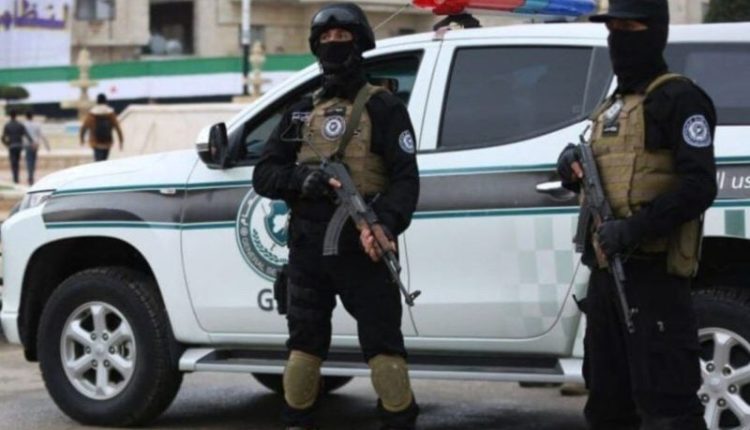Ambush in Southern Syria’s Druze Region Leaves Two Dead, Undermines Local Peace Deal
By Kardo Roj
SUWAYDA, Syria (North Press) – Two members of Syria’s General Security were killed and four others injured on Tuesday in a deadly ambush in rural Suwayda, southern Syria, as tensions escalate in the predominantly Druze region.
The attack targeted vehicles belonging to the General Security Directorate, according to a statement from a security source quoted by the state-run SANA news agency. The incident occurred while security personnel were reportedly transporting injured civilians from recent clashes in the town of al-Surah.
The security source accused armed factions associated with the so-called “Military Council”—a local formation operating outside state authority—of carrying out the ambush. The incident marks a serious breach of the fragile security framework negotiated earlier this year between government representatives and Druze community leaders.
A Violent Setback to Reconciliation Efforts
“This escalation is a dangerous development and part of a continued pattern of deception aimed at sabotaging the agreement with religious leadership and destabilizing Suwayda,” the source stated.
The targeted convoy had reportedly collected injured residents from a previous round of confrontations in al-Surah, where intermittent skirmishes erupted last week between local factions and security forces.
The recent spike in violence underscores the fragility of Suwayda’s internal dynamics, where traditional community leadership, armed local groups, and the state compete for influence. While previous agreements had allowed for the reactivation of internal security and judicial services with the cooperation of local Druze figures, implementation has faced repeated challenges.
Background: Suwayda’s Complex Security Landscape
Unlike other parts of southern Syria, Suwayda has maintained a degree of autonomy rooted in its Druze identity and historical neutrality. However, years of economic hardship, weakened state institutions, and growing mistrust toward Damascus have created fertile ground for armed groups to emerge.
These factions—some with local legitimacy, others pursuing their own agendas—have at times clashed with state forces or with each other. The so-called “Military Council” accused in Tuesday’s ambush has been previously blamed by government sources for disrupting state efforts and allegedly extorting local populations.
Meanwhile, respected Druze religious leaders (referred to as “Mashayekh al-‘Aql”) have attempted to mediate between opposing parties, calling for restraint and preservation of social cohesion in the face of external manipulation and internal fragmentation.
Parallel Trends in Northeast Syria
In contrast, regions in northeast Syria under the administration of the Autonomous Administration of North and East Syria (AANES) have demonstrated more stable governance structures and security arrangements. Backed by the Syrian Democratic Forces (SDF), local security forces (Asayish) have played a key role in maintaining civil order and minimizing infighting, offering a model of community-integrated security that has received international recognition.
While the contexts of Suwayda and northeast Syria differ significantly, both regions highlight the importance of localized, community-rooted governance in managing Syria’s post-conflict environment.
The deterioration of the security situation in Suwayda poses a challenge not only to the central government but also to efforts by community leaders seeking to avoid militarization.
Observers warn that the growing influence of armed actors and the erosion of trust in political dialogue could lead to deeper instability in a province that had, until recently, avoided the full-scale violence seen elsewhere in the country.
In the aftermath of Tuesday’s ambush, calls have intensified among civil society actors and elders in Suwayda for a renewed commitment to nonviolence and structured dialogue. Whether the fragile agreements can survive this latest test remains uncertain.
With Syria’s southern regions growing more unstable and armed groups increasingly emboldened, the prospects for durable peace may hinge on inclusive negotiations and a recommitment to localized security partnerships—before the violence spirals further.

